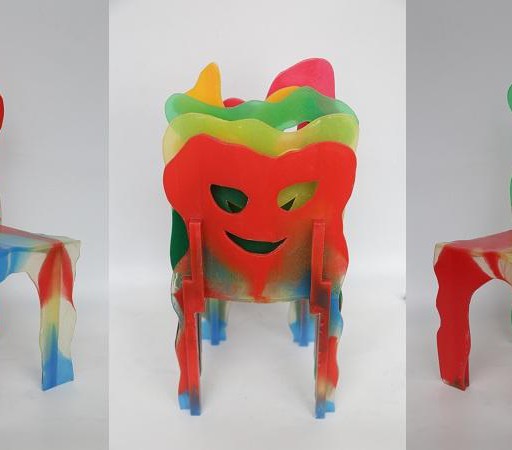Sports facilities are always designed to offer comfort and practicality. But, over the last few years, more emphasis has been placed on also making them aesthetically pleasing. The architecture of these new spaces features fittings that can be as functional as they are attractive. Versatility, using new materials, playing with traditional shapes, combining spaces, and sustainability are just some of the new defining characteristics of design for sport.
Sports pavilions: playing with shapes and colour
In 2013, the first World Roller Hockey Championships were held in Luanda, the capital of Angola. Because it was such a large event, Berger Arquitectos designed a pavilion that could hold up to 12,000 people. The facilities consist of different interchangeable modules, retractable benches that make it possible to adjust the size of the courts, and outdoor footbridges that connect the pavilion’s four levels. LED lights that change colour make sure the structure’s beauty really stands out.
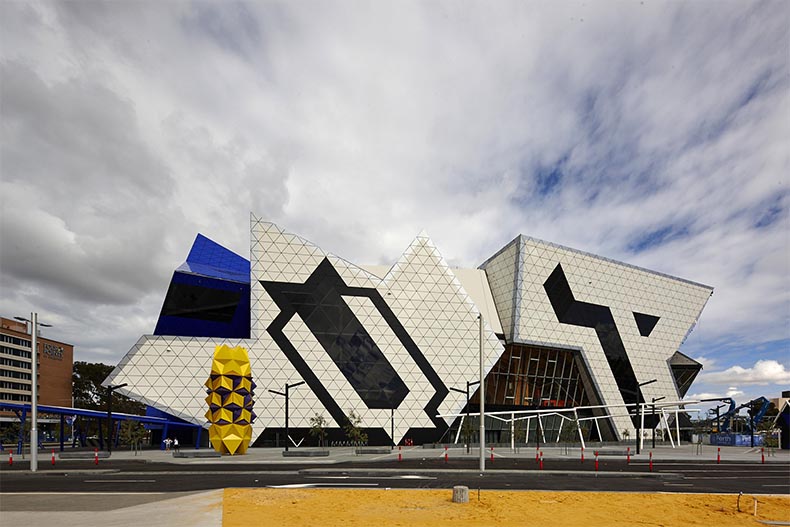
In 2014, Perth Arena was built in Australia. Its most exciting element is a retractable roof that takes just a few minutes to open and allows natural light to flood the inside of the stadium. Outside, the Alucobond façade creates visual interest. Black and white peppered with blue and yellow provide the finishing touches on the exterior of this enormous and chameleon-like building.
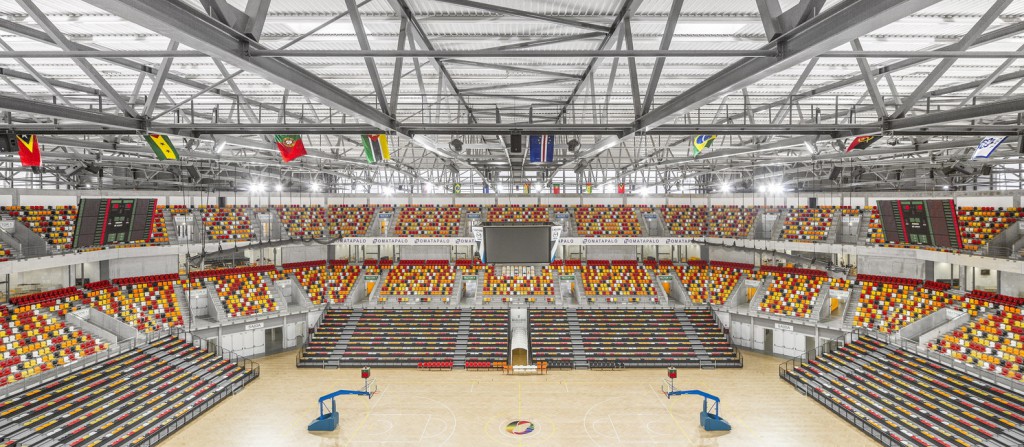
Sport, nature, and design
El Anillo (“The Ring”), an international sports centre designed by José María Sánchez García, is one of the most innovative sports architecture projects around. The structure has a diameter of 200 metres and is built on a peninsula in Guijo de Granadilla in Cáceres. The space was built for practice, training, research, and the development of nature sports. But its special location required special characteristics. Stainless steel materials with a very specific colour and shine were used to ensure that it blended in with its surroundings as seamlessly as possible and so that birds in the area were not put in any danger. It’s evidence that state-of-the-art tech and being environmentally responsible can, in fact, co-exist.
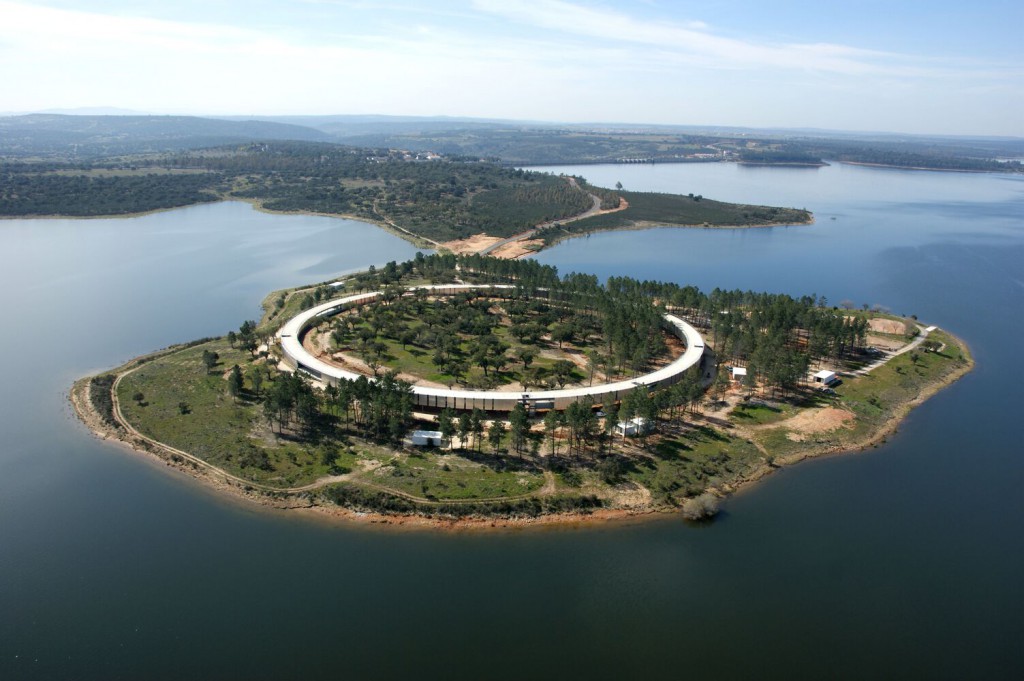
Stadiums: sport on the big stage
Wanda Metropolitano, the new home stadium for football team Atlético de Mardid, is another example of architecture that is immediately recognisable, largely due to the enormous roof consisting of two white with a red border that extends out over the grandstand. Not only does it have a unique design, it is also energy efficient: it’s the first stadium in the world to use LED lighting only.
Cruz y Ortiz Arquitectos made it all possible. And, while we are on the topic of stadiums, we can’t forget about Beijing National Stadium, also known as the “Bird’s Nest”, which set a new benchmark for stadium design. It was built for the 2008 Olympic Games, although its design is so modern one would forgive you for thinking it was built more recently. Its exposed steel structures are definitely one of its most recognisable features.
Trust in timber
The use of natural materials is another characteristic of the latest sports architecture. The Equestrian Centre located in Cabo do Mundo, Leça da Palmeira, Portugal is a great example of this. Designed by Carlos Castnheira and Clara Bastai, its structure is made entirely out of timber, giving the facilities a noticeable sense of warmth and comfort.
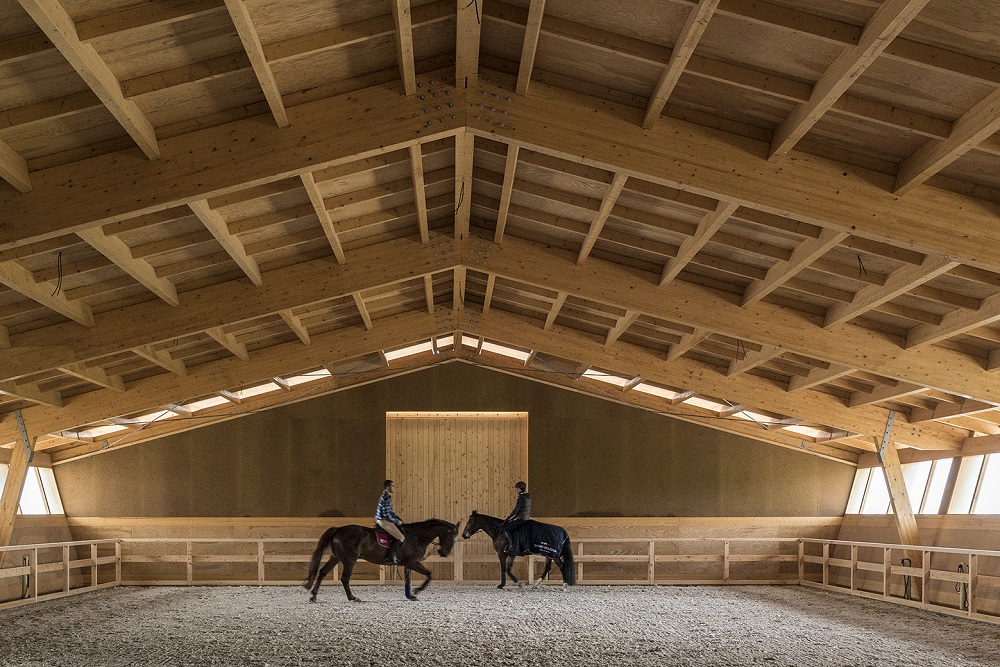
The Feelviana Hotel, also in Portugal, is another example that shows us that timber is here to stay. The hotel’s aesthetics are dominated by wild pine and cedar combined with large windows. And, given its location, its no wonder that these materials were chosen. The fact that it is difficult to separate the indoors from the outdoors is no coincidence. Finfloor flooring was chosen thanks to its durable and robust nature.
Ver esta publicación en Instagram
Another wood-related trend has been used at Bogym, an outdoor gym made up of different structures that allow uses to get a completely autonomous, full-body workout. Sustainability is the facility’s strong suit. Its outdoor location also reduces the risk of contracting viruses, something that will be a huge consideration in the future. This innovative gym is also adaptable, meaning that it can be used by anyone, including those with mobility issues.
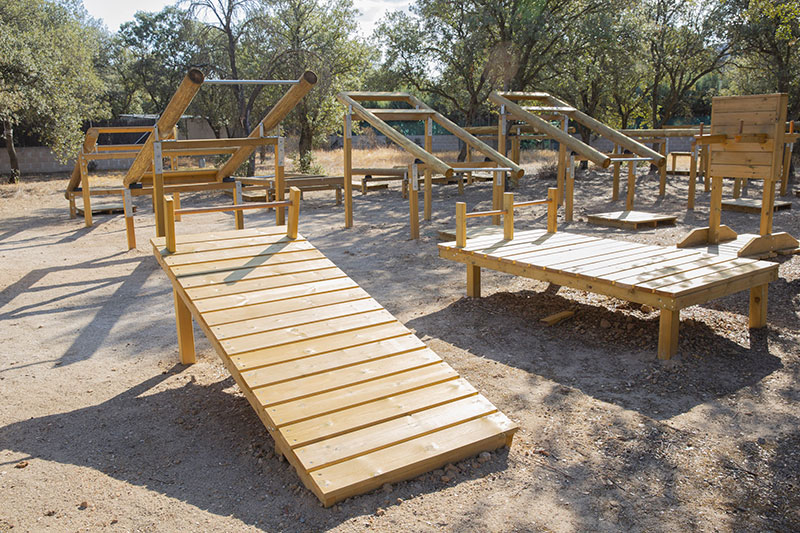
There’s no doubt that sports facilities will continue to surprise us with their innovative architecture throughout the 21st century. The examples of well-known structures we’ve listed here are leading the way on both national and international levels. Functionality and aesthetics are the future.
Perhaps this pivotal moment in history is also an opportunity to continue creating facilities that are more in line with the needs of sport lovers, keeping in mind that, in this rapidly changing world, the way we do physical activity is also changing.


